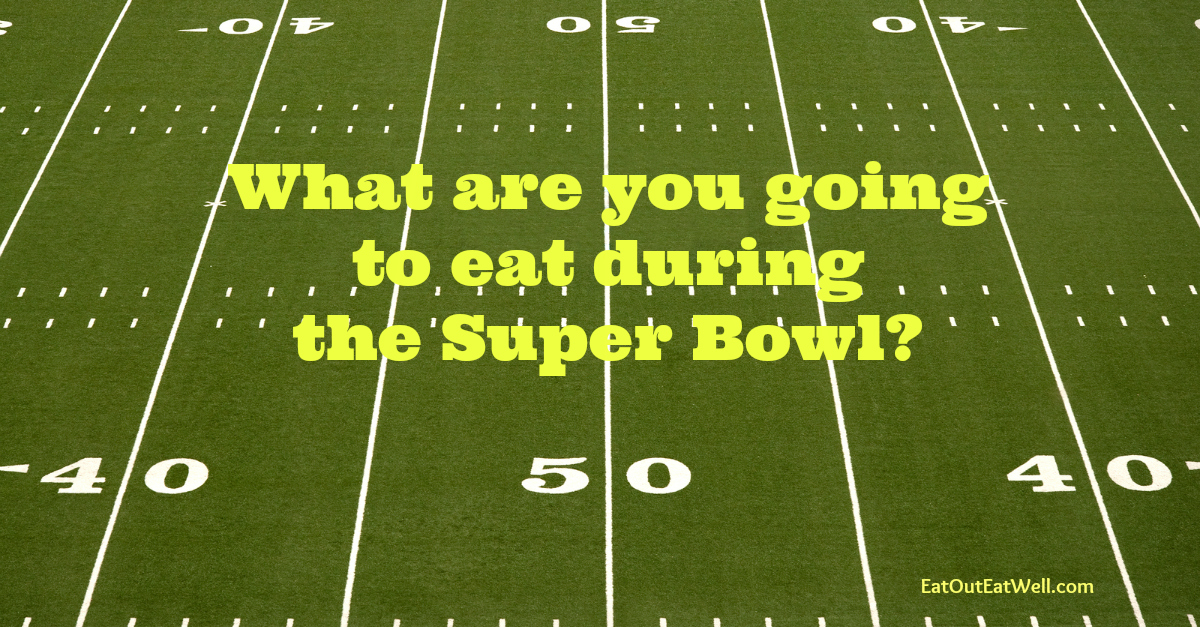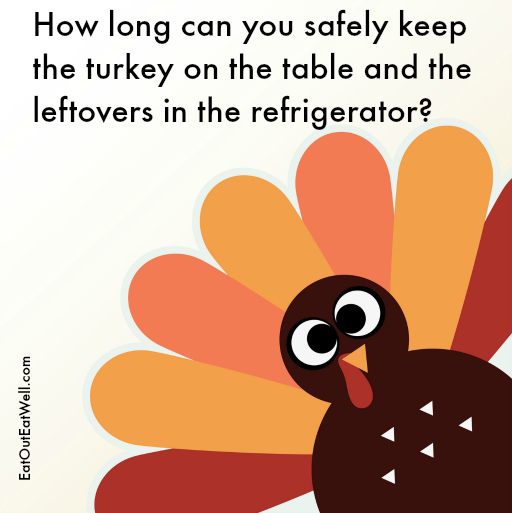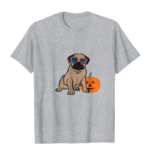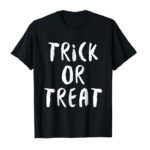
Even though professional football – as we know it – has been around since 1920, the first Super Bowl, the annual championship of the National Football League was held in January 1967.
Although not an official holiday, Super Bowl Sunday certainly has assumed the trappings of a holiday both in the US and in many expat communities. It’s the most watched annual television program in the US and ranks second (Thanksgiving is first) as the day for most food consumption. Over 20 million Americans attend Super Bowl parties and half of all Americans say they would rather go to a Super Bowl party than to a New Year’s Eve party.
It’s amazing how food has become associated with football — from tailgating to the food for the game. Think of all the hand to mouth munching on chips, dips, and wings; a swig or two or three; a cookie here and there. And then there’s the “real food” at halftime – or maybe there was pizza first followed by a selection of subs. By the end of the game do you have a clue about how much – or even what — you have popped into your mouth?
Super Bowl Food Facts
- About one in twenty (9 million) Americans watch the game at a restaurant or a bar.
- Americans double their average daily consumption of snacks on Super Bowl Sunday, downing more than 33 million pounds in one day.
- The average Super Bowl watcher consumes 1,200 calories. (Source: Calorie Control Council). Potato chips are the favorite and account for 27 billion calories and 1.8 billion fat grams — the same as 4 million pounds of fat or equal to the weight of 13,000 NFL offensive linemen at 300 pounds each. (Source: com).
- Nearly one in eight (13%) Americans order takeout/delivery food for the Super Bowl. The most popular choices are pizza (58%), chicken wings (50%), and subs/sandwiches (20%). (Source: American Journal). Almost 70% of Super Bowl watchers eat a slice (or two or three) during the game.
- The amount of chicken wings eaten clocks in at 90 million pounds or 450 million individual wings. It would take 19 chicken breasts to get the same amount of fat that you usually get from a dozen Buffalo wings.
- On Super Bowl Sunday Americans eat an estimated 14,500 tons of potato chips, 4000 tons of tortilla chips, and eight million pounds of avocados. Five ounces of nacho cheese Doritos equals around 700 calories. You’d have to run the length of 123 football fields to burn them off. You’d have to eat 175 baby carrots or 700 celery sticks to get the same number of calories.
- According to 7-eleven, sales of antacids increase by 20% on the day after Super Bowl.
Super Bowl Party Calorie Saving Tips
- Stick with grilled meat, veggies, or baked chips rather than fried. Turkey, baked ham, and grilled chicken are better choices than wings and fried chicken.
- Plain bread, pitas, or wraps are less caloric than biscuits or cornbread.
- Go for salsa and skip the guacamole.
- Minimize calories by dipping chicken wings into hot sauce instead of Buffalo sauce.
- Try using celery for crunch and as a dipper instead of chips.
- Go for thin crust rather than thick doughy crust pizza. Choose the slices with vegetables, not pepperoni or meatballs. If you’re not embarrassed, try blotting up the free-floating oil that sits on top of a greasy slice (soaking up even a teaspoon of oil saves you 40 calories and 5 grams of fat).
- Try fruit for dessert.
- Alcohol adds calories and plays havoc with your mindful eating. Try alternating water or diet soda with beer or alcohol. That can decrease your alcohol calories (alcohol has 7 calories/gram) by 50%.
For your consideration (and amusement):
According to the DietDetective):
- Drinking six bottles of Budweiser beer means needing to do “The Wave” 4, 280 times
- One 16-ounce bowl of beef and bean chili (about 550 calories) with a few tablespoons of sour cream and shredded cheese (another 150 calories) means 73 minutes of cheerleading.
- Eating ten Lay’s classic potato chips with Kraft French onion dip means you have to dance to Madonna for 134 minutes
- Four Tostitos Scoops! Tortilla chips with guacamole means 122 end zone touchdown dances because each chip is about 11 calories and each scoop of guacamole is around 25 calories. One KFC extra crispy drumstick and an extra crispy chicken breast means 203 end zone touchdown dances. All of those dances could lead to some very sore quads.
- Five pigs in blankets (67.5 calories each) means taking over the job of a stadium vendor and selling food for 36 minutes.
- And the wings. Fifteen Pizza Hut Buffalo Burnin’ Hot Crispy Bone-in Wings with ranch dressing (100 calories per wing and 220 calories for 1.5 ounces of ranch dressing) means you’d have to do the wave 9,461 times. The only upside is that after all those waves your arms would hurt so much you wouldn’t be able to pick up any more food!






